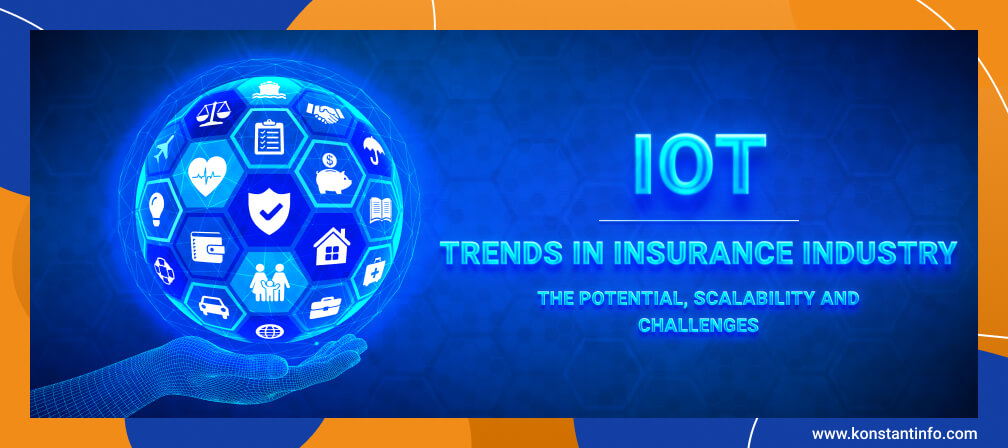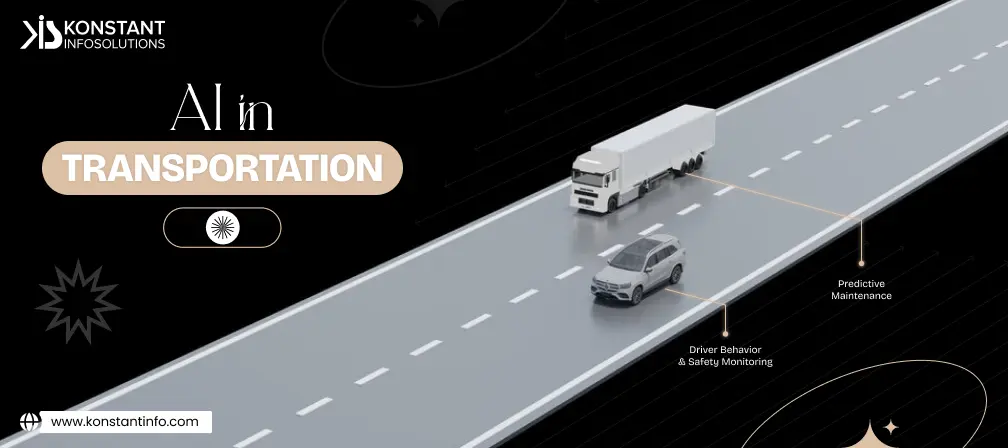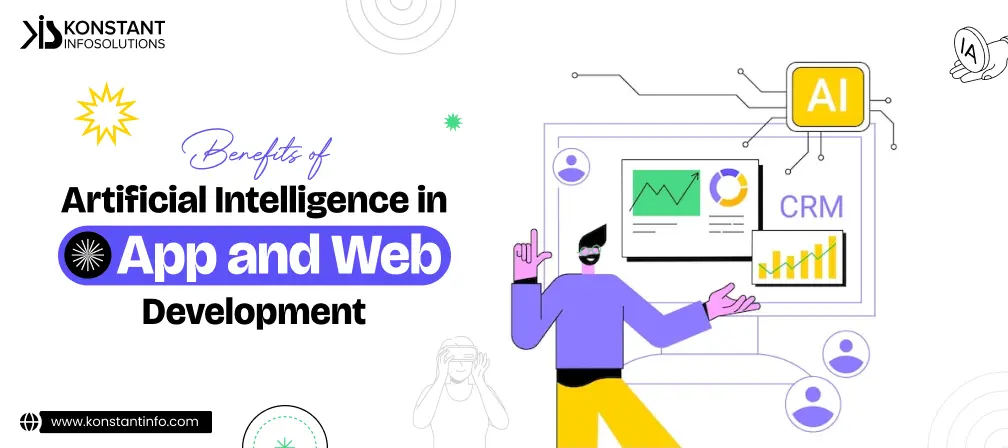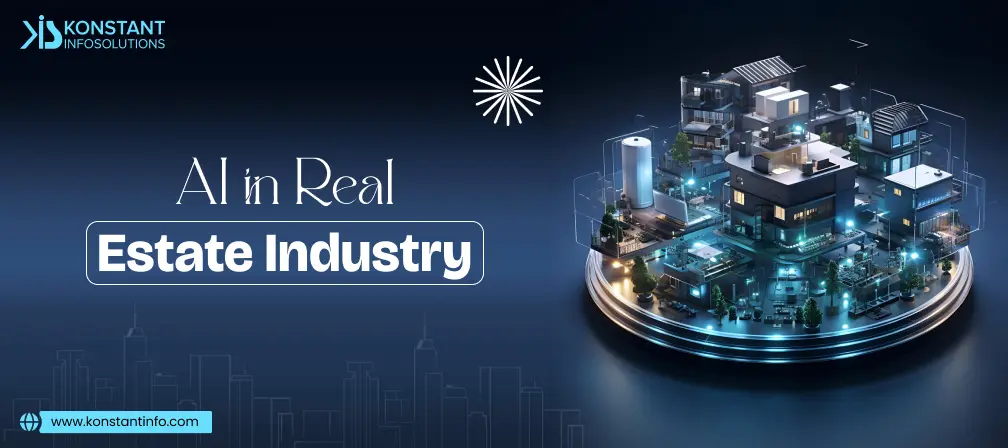Interconnected devices enabled with the internet have changed the way people engage in their day to day. This pace is only improving for the better. The insurance industry as a point of the current discussion is being benefitted as IoT helps insurers quickly assess the price, limit risks and other potential implications for the industry.
IoT Insurance Industry Trends 2021
Growing at a CAGR of 40% (predicted throughout 2021-2026), the IoT insurance market is one of the fastest-growing markets in the IoT global industry. It works by the innovative insurance models and is expected to grow with the growing adoption of digital devices. Insurance companies are increasingly piloting, testing, deploying IoT initiatives.
- Remind Insurers – IoT devices can trigger and remind the insurers about their pending or due insurance premiums, mitigate potential frauds and enhance their efficiency.
- Adoption in transportation – Trends in autonomous vehicles drive the adoption of IoT insurance in the transportation sector.
- Connected Vehicles – The increasing number of connected vehicles connected to V2X allows for data exchange, which is used to calculate premiums.
Features and Advantages of IoT Insurance Industry
- Enable Data-Driven Decisions – The Internet of things enables insurers to make data-driven decisions. IoT can help insurance companies in reducing paperwork and move through the claims process effectively. The biometric sensors help in calculating risks, adjusting necessary policy changes.
- Data Customization – Connected devices circulate customer’s data at deeper levels, creating powerful bonds that are customizable. These also help detect fraud, recommend personalized products, and create accurate estimates.
- Analogy and Recommendations – Analogy does not bring intuition with it. But digitally, the intuition is combined with potential recommendations. This concept helps insurers know when consumers are looking for a house loan or when they need life insurance coverage.
- Reduce Insurance Premium – IoT helps insurance companies in reducing the rate of their premiums by 25%.
- Handle Data Loss – Connected devices can handle many data losses, decrease the number of claims, lower insurance prices for customers.
- Data Collection – The health insurance industry gets benefitted from the data collected by IoT devices, which helps monitor a person’s health and recommend products and policies based on that data.
- Offering Discounts – Insurance companies offer discounts to customers who link their devices to their insurance coverage owing to less percentage of risks.
Challenges of Integrating IoT with Commercial Insurance
But IoT often brings some challenges along with the insurance.
- Mis-interpretation of Results – Sometimes, the fitness applications that we use are not able to track the actual steps, heart rate, weight, daily goals, weekly goals etc. The person might be fitter but the app might not be able to track properly. The profile on the fitness app might tell a different story than the person claims to be. This can be questioned by the insurance companies who can reduce the insurance cover, based on the fitness level of the insurer.
- Unauthorized Use Of Personal Information – A second challenge that emerges, that insurance companies can use a user’s personal information against them. Private consumer information shared online can prove to be disastrous.
- Struggle With Massive Data – Insurance companies can often struggle with the massive data produced by IoT. It provides new data for the actuaries to assess and price risk. It can power automatic loss notification based on sensor data. Such interconnectivity helps in risk mitigation and lowering the claims.
- Reducing Insurance Claims Over Time – This industry is competitive and subject to market risk which leads to an increase or a decrease in insurance claims over time. So as the insurers look towards replacing their shrinking revenue. IoT helps manage big data timely that can help in the best business decisions.
Conclusive: What Does it all Mean to the Insurance Buyer?
Overall, IoT helps reduce losses and transform the relationship with policyholders. IoT enables the insurers with some value-added-services that can be a source of revenue generation. IoT app development is aggressively used in IoT Insurance projects like Progressive Snapshot, Liberty Mutual, John Hancock, Erie Insurance, Metromile, Beam Digital, State Farm, American Family Insurance and Ring and Oscar and wearable trackers.
We hope these applications of IoT in insurance brought some clarity. It helps make business insurance easier, fetching better insurance rating models, better insurance options, helps prevent many data losses. We’re here to discuss more. Reach out to us for IoT app development in insurance.
About Author
Neeti Kotia is a technology journalist who seeks to analyze the advancements and developments in technology that affect our everyday lives. Her articles primarily focus upon the business, social, cultural, and entertainment side of the technology sector.



